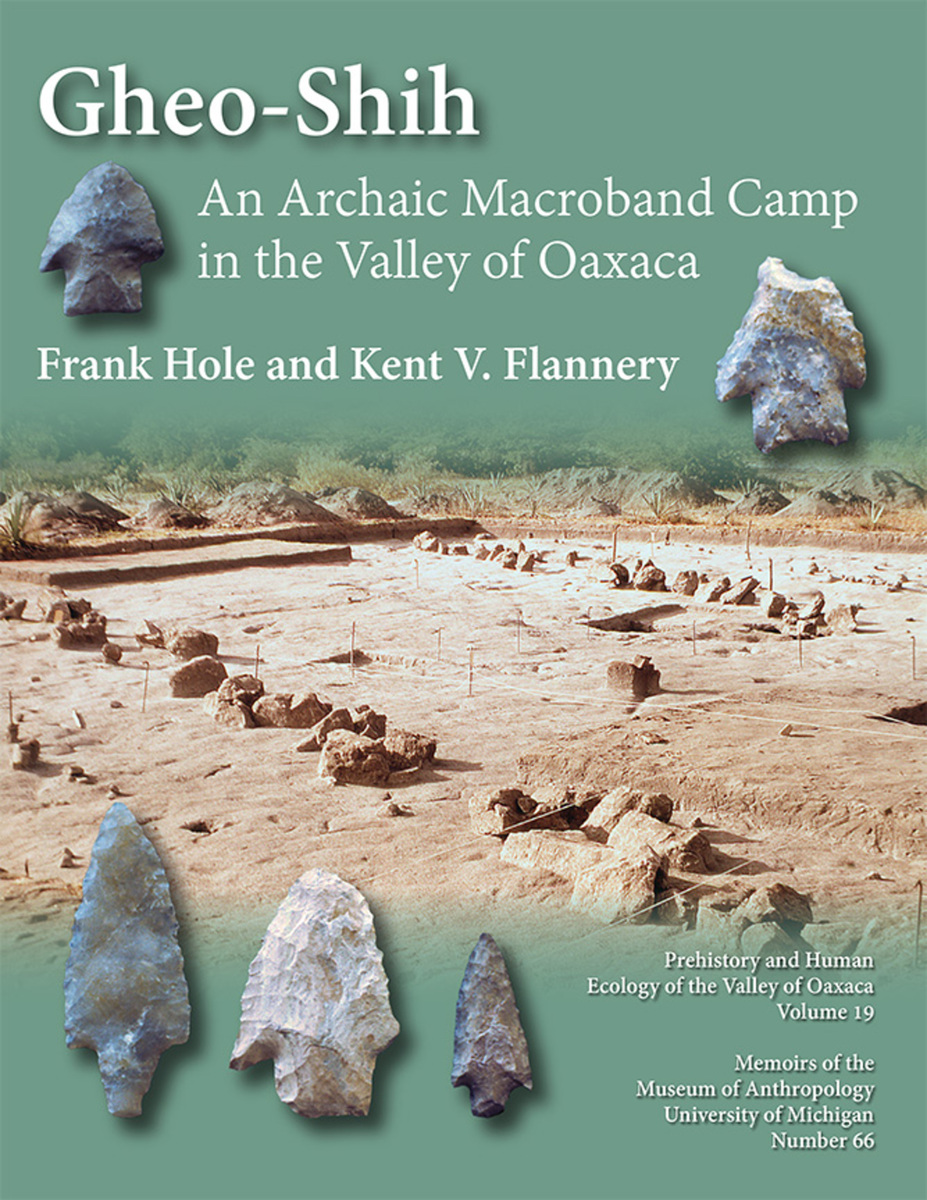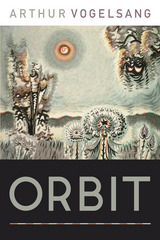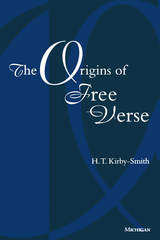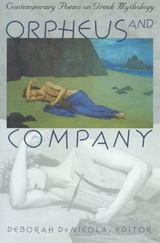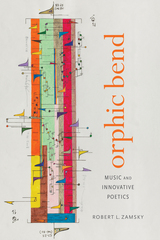Gheo-Shih: An Archaic Macroband Camp in the Valley of Oaxaca
University of Michigan Press, 2024
Paper: 978-1-951538-77-4 | eISBN: 978-1-951538-78-1
See other books on: Flannery, Kent V. | Hole, Frank | Oaxaca | South America | Valley
See other titles from University of Michigan Press
Paper: 978-1-951538-77-4 | eISBN: 978-1-951538-78-1
ABOUT THIS BOOK | AUTHOR BIOGRAPHY
ABOUT THIS BOOK
Gheo-Shih, an Archaic site in the Valley of Oaxaca, was a 1.5-hectare open-air macroband camp near the Mitla River. It was repeatedly occupied in the summer rainy season during the period (cal.) 7500–4000 BC, possibly by 25–50 people. At other times of the year the local population dispersed in smaller, family-sized groups, occupying microband camps in caves and rockshelters. The available macrofossil and palynological data suggest that between 5000 and 4000 BC, the inhabitants were cultivating maize, squash, gourds, and (possibly) runner beans, while continuing to collect wild plants and hunt deer, rabbit, and mud turtle. This site report describes the discovery of Gheo-Shih and the subsequent research carried out there: a systematic surface pickup, a series of test pits, targeted excavations, and analysis of the materials recovered.
See other books on: Flannery, Kent V. | Hole, Frank | Oaxaca | South America | Valley
See other titles from University of Michigan Press
